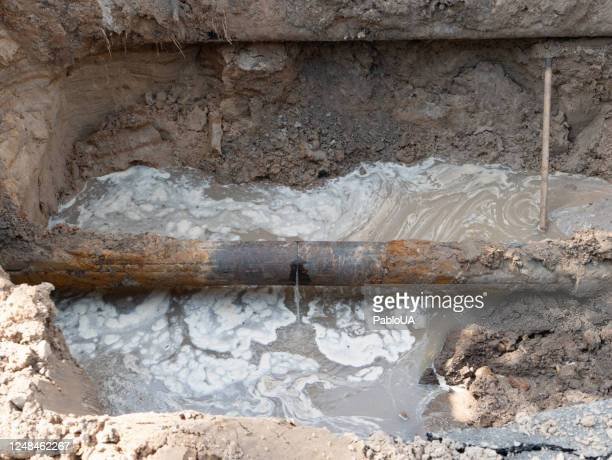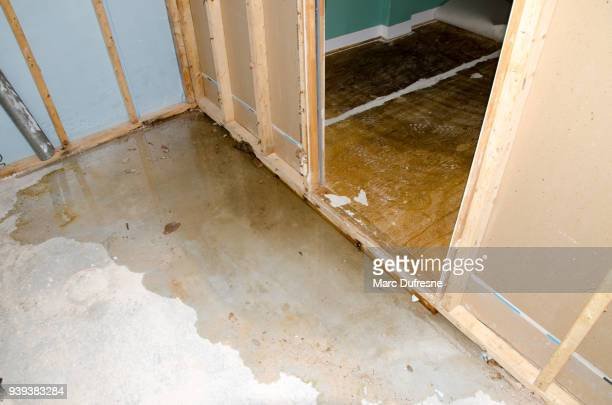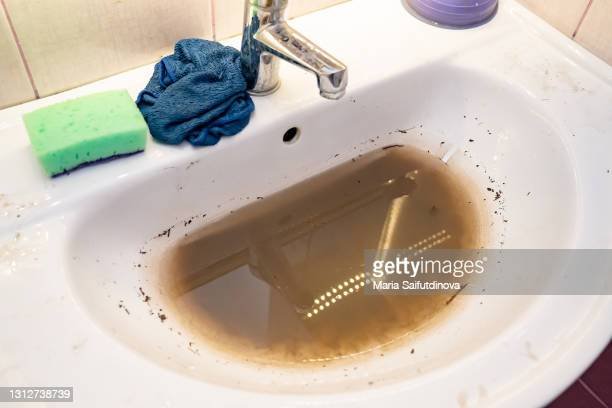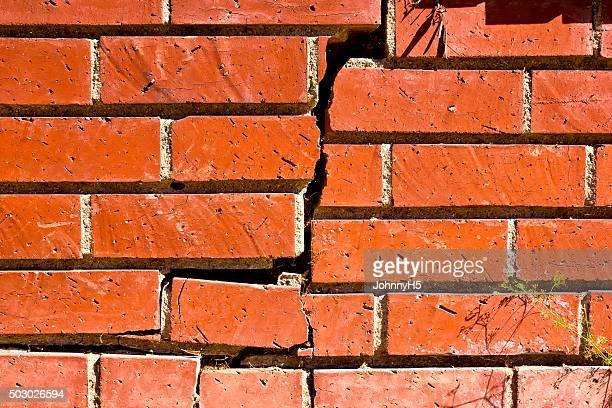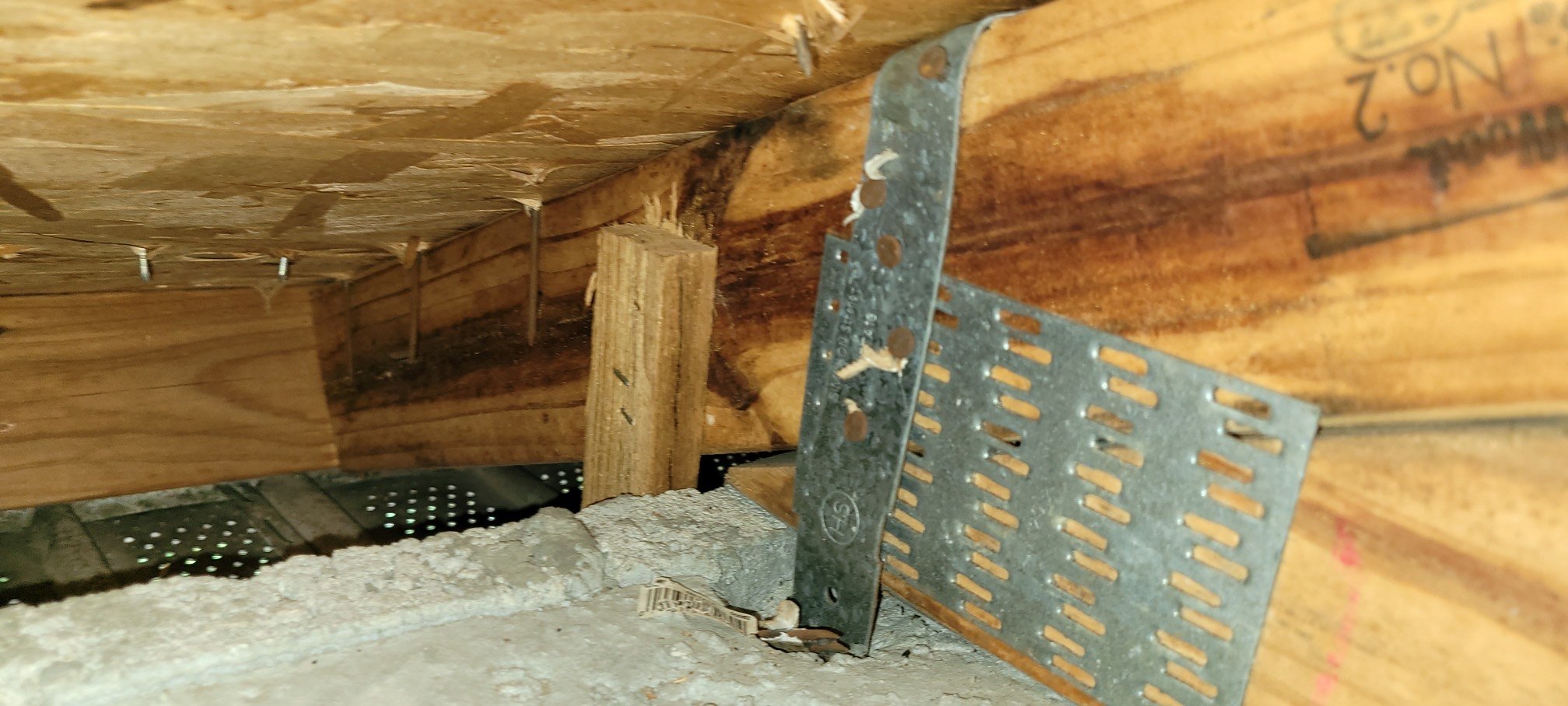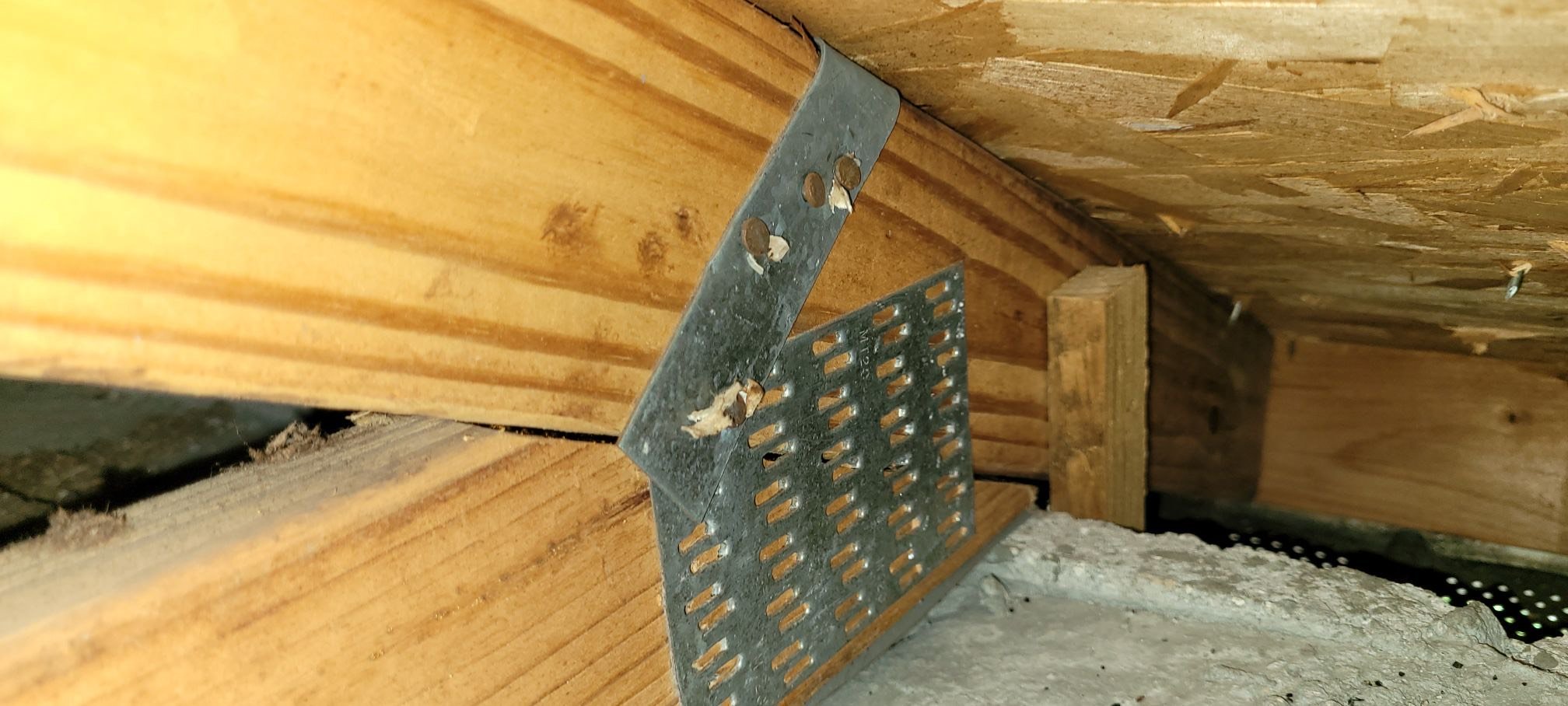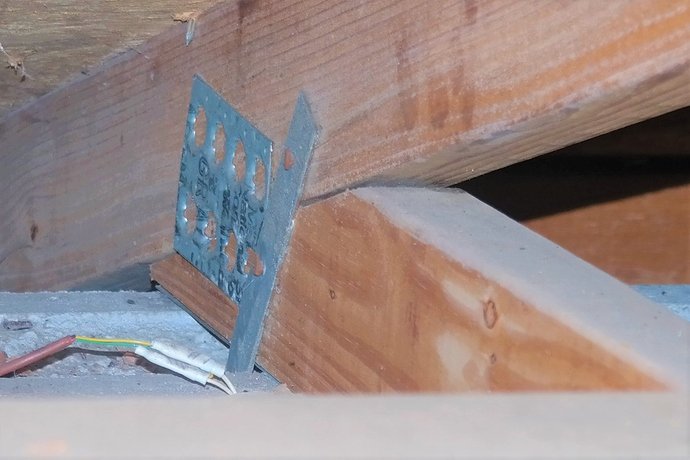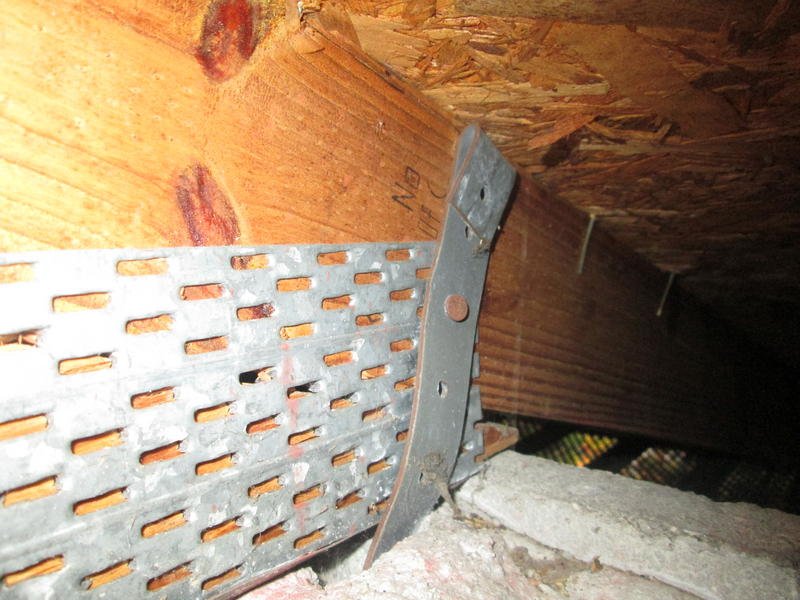Unveiling the Unseen: The Vital Role of Home Inspections in Real Estate Transactions
/Purchasing a home is one of the most significant investments an individual or family can make in their lifetime. When engaging in a real estate transaction, there are countless factors to consider, from location and price to layout and amenities. However, one aspect that should never be overlooked is the crucial role of a home inspection. Far more than just a formality, a home inspection serves as a critical safeguard for buyers and sellers alike. In this blog post, we will delve into the essential role that home inspections play in real estate transactions, shedding light on the many benefits they offer.
Unearthing Hidden Issues On the Surface
A house may appear immaculate and ready for occupancy. However, underneath the aesthetically pleasing facade could lie a plethora of hidden issues ranging from structural problems to potential safety hazards. A home inspection, conducted by a qualified and experienced inspector, can help unveil these hidden concerns, saving buyers from unforeseen repair costs and providing them with the opportunity to negotiate a fair deal based on the property's actual condition.
Empowering Informed Decision-Making
A home inspection empowers buyers with valuable information about the property they are considering. Armed with the insights gained from the inspection report, buyers can make informed decisions about whether the property aligns with their needs and budget. It allows them to weigh the potential benefits against the drawbacks, giving them the confidence to proceed with the purchase or rethink their options based on the findings.
Navigating Negotiations
The findings of a home inspection can serve as a crucial negotiation tool. Armed with a comprehensive report detailing the property's condition, buyers can request repairs or concessions from the seller. This negotiation process ensures that both parties are on the same page, fostering a transparent and fair real estate transaction that benefits both buyer and seller. This is when having a good real estate agent on your side becomes handy!
Ensuring Safety and Peace of Mind For Prospective Homeowners
The safety and well-being of their family are paramount. A home inspection can identify safety concerns such as faulty electrical systems, mold infestations, or plumbing issues that may pose risks to occupants. By addressing these issues before finalizing the transaction, buyers can move into their new home with peace of mind, knowing that their dwelling is a safe haven for their loved ones.
Protecting Sellers from Post-Sale Complications
Home inspections not only safeguard buyers but also protect sellers from potential legal complications after the sale. Disclosing the inspection report to potential buyers demonstrates transparency and honesty on the seller's part, reducing the risk of post-sale disputes and legal liabilities.
Identifying Future Maintenance Needs
A home inspection not only focuses on existing issues but also helps buyers understand the property's overall condition. The inspector can provide valuable insights into the home's maintenance needs in the coming years, enabling buyers to plan and budget accordingly for future repairs and renovations.
In the realm of real estate transactions, a home inspection plays a pivotal role in ensuring a smooth and secure process for both buyers and sellers. By unearthing hidden issues, empowering informed decision-making, and facilitating negotiations, a home inspection adds an indispensable layer of protection and transparency. For buyers, it offers peace of mind, knowing they are investing in a property that meets their expectations, while sellers benefit from increased trust and reduced post-sale complications. As such, a home inspection should never be underestimated but embraced as an integral part of the journey toward homeownership.











